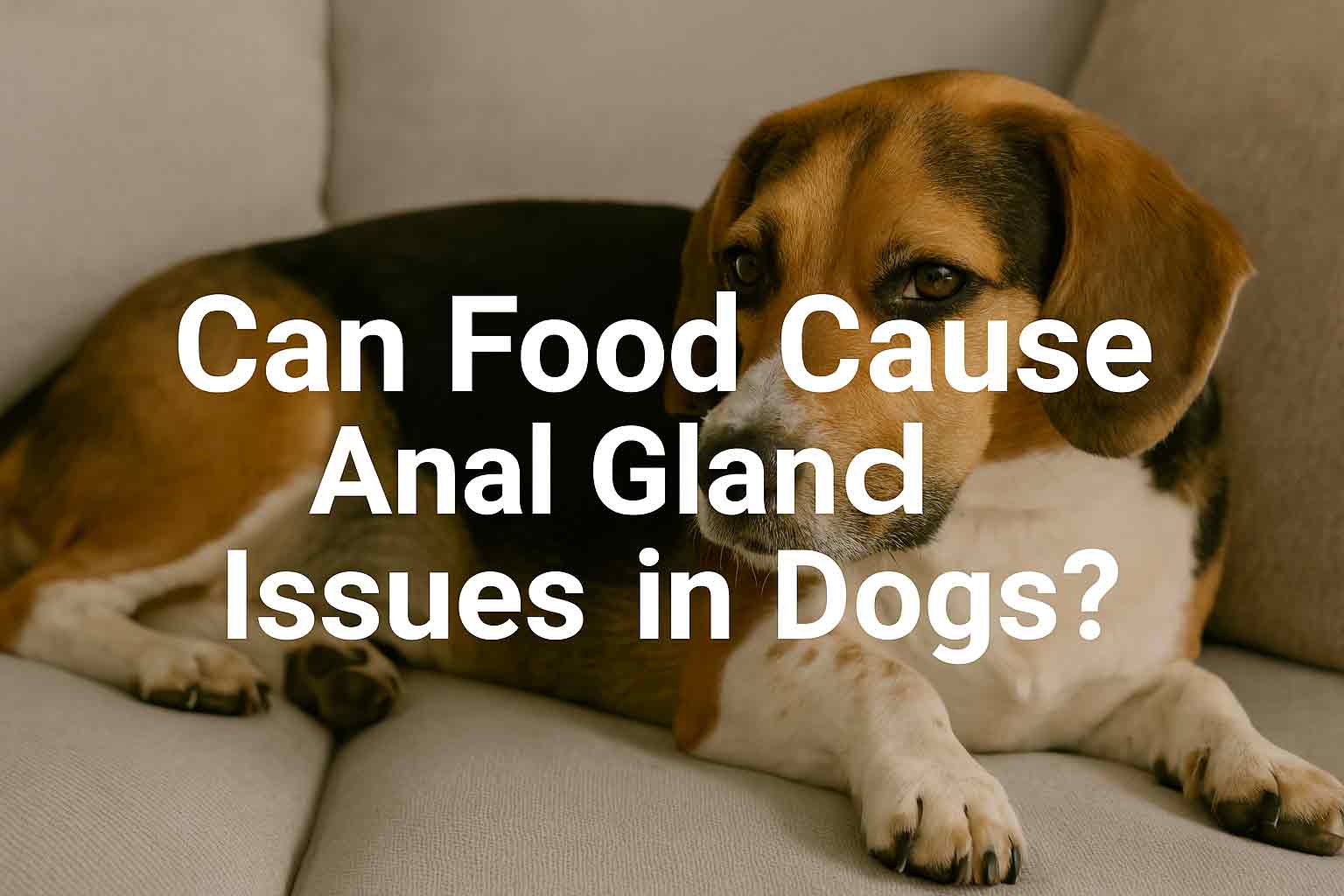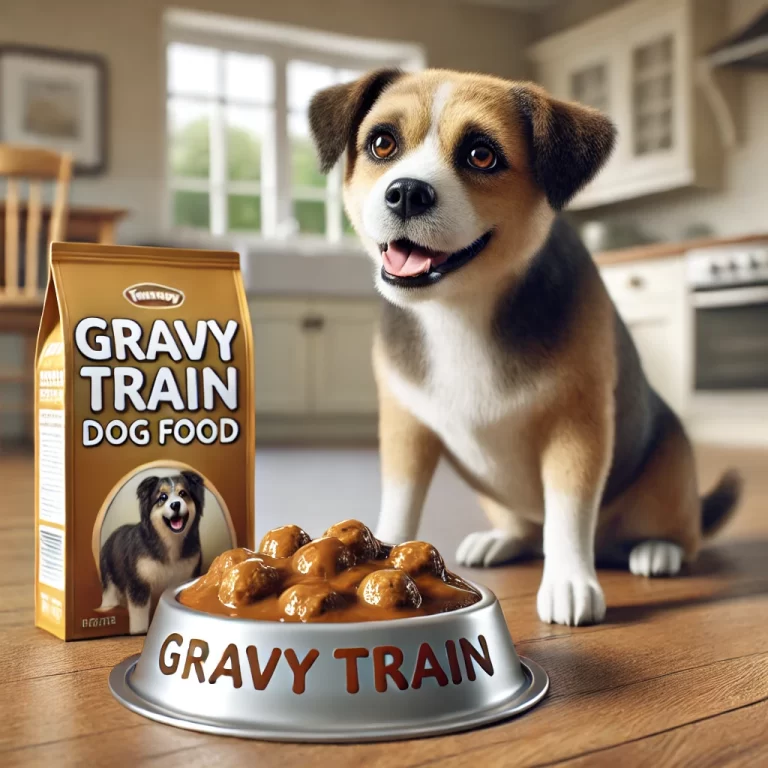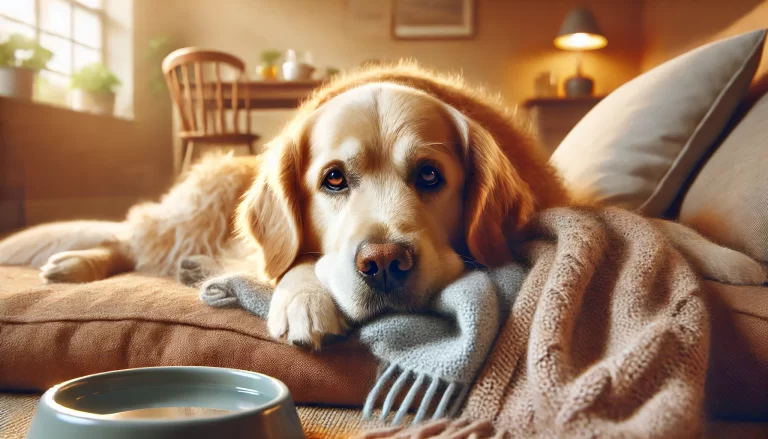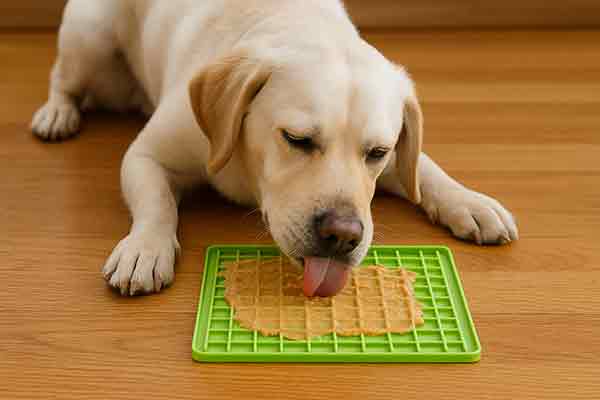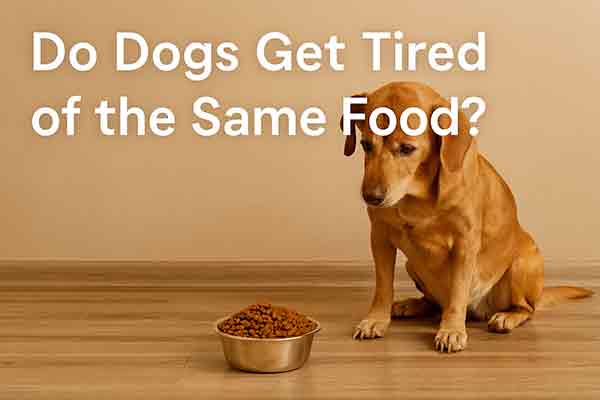Can Food Cause Anal Gland Issues in Dogs?
Table of Contents
- 1. Introduction
- 2. What Are Anal Glands?
- 3. Common Anal Gland Problems in Dogs
- 4. Can Food Contribute to Anal Gland Issues?
- 5. Foods That May Cause Anal Gland Problems
- 6. Beneficial Dietary Changes for Anal Gland Health
- 7. How to Recognize Anal Gland Issues
- 8. How to Prevent Anal Gland Problems Through Diet
- 9. Other Contributing Factors Beyond Diet
- 10. When to See a Vet
- 11. Frequently Asked Questions
- 12. Final Thoughts
- 13. Key Takeaways
1. Introduction
If your dog is scooting across the floor or excessively licking their rear, anal gland problems might be to blame. One question many dog owners ask is: Can food cause anal gland issues in dogs? The answer is more complex than a simple yes or no. Diet plays a significant role in your dog’s digestive and overall health, and it can directly influence anal gland function.
2. What Are Anal Glands?
Anal glands, also known as anal sacs, are two small glands located on either side of your dog’s anus. They secrete a strong-smelling substance used for marking territory and communication. Normally, these glands empty during defecation. However, when something interferes with this process, problems can arise.
3. Common Anal Gland Problems in Dogs
Anal gland issues can range from mild irritation to serious infections. Common problems include:
- Impaction: Glands fail to empty properly and become blocked.
- Infection: Bacteria can grow in retained secretions, causing swelling and pain.
- Abscess: Severe infections can lead to pus buildup and even rupture.
4. Can Food Contribute to Anal Gland Issues?
Yes, diet is a key factor in anal gland health. Food affects stool consistency, which in turn determines how effectively the anal glands are expressed. If the stool is too soft, it may not apply enough pressure to empty the glands naturally.
5. Foods That May Cause Anal Gland Problems
Some types of food can increase the risk of anal gland issues, including:
- Low-fiber diets: These can lead to softer stools that don’t stimulate gland emptying.
- Highly processed foods: Contain fillers and artificial ingredients that may irritate the digestive tract.
- High-fat diets: Can contribute to inflammation or loose stools.
- Food intolerances or allergies: Certain proteins, grains, or additives may cause inflammation or gastrointestinal distress.
6. Beneficial Dietary Changes for Anal Gland Health
Making the right dietary adjustments can significantly improve your dog’s anal gland function:
- Add fiber: Pumpkin, sweet potato, or green beans can bulk up stools naturally.
- Switch to high-quality food: Choose formulas with whole ingredients and minimal fillers.
- Hydration: Ensure your dog drinks enough water to maintain healthy digestion.
- Omega-3 fatty acids: Found in fish oil, these can reduce inflammation.
7. How to Recognize Anal Gland Issues
Look out for these signs that your dog might be experiencing anal gland problems:
- Scooting or dragging rear across the floor
- Excessive licking or biting of the rear area
- Foul odor
- Swelling near the anus
- Discomfort or pain when sitting
8. How to Prevent Anal Gland Problems Through Diet
Preventative measures you can take through your dog’s diet include:
- Feeding balanced, fiber-rich meals
- Avoiding foods with artificial ingredients
- Offering fresh vegetables as treats
- Sticking to a consistent feeding schedule
9. Other Contributing Factors Beyond Diet
While food plays a big role, other issues can contribute to anal gland problems:
- Breed predisposition: Small breeds like Chihuahuas and Dachshunds are more prone.
- Obesity: Excess weight can interfere with gland function.
- Lack of exercise: Regular activity helps promote digestion and stool regularity.
10. When to See a Vet
If dietary changes don’t resolve the issue or if symptoms worsen, consult your veterinarian. They can manually express the glands, prescribe medication, or explore further diagnostics.

11. Frequently Asked Questions
Can switching to raw food help with anal gland issues?
Some dogs benefit from a raw diet, which can produce firmer stools. Always consult your vet before switching.
How much fiber should I add to my dog’s diet?
Start with small amounts (1-2 teaspoons for small dogs, up to a tablespoon for large dogs) and increase gradually.
Can probiotics help?
Yes, probiotics support gut health and may help regulate digestion, indirectly improving anal gland function.
12. Final Thoughts
So, can food cause anal gland issues in dogs? Absolutely. Diet is a major factor in your dog’s digestive health, which directly impacts anal gland expression. By feeding high-fiber, nutrient-dense foods and avoiding low-quality fillers, you can help your dog maintain healthy anal glands and reduce the risk of future problems.
13. Key Takeaways
- Diet can play a significant role in dog anal gland health.
- Low-fiber or poor-quality food may lead to impaction or infection.
- Adding natural fiber and whole ingredients can help prevent issues.
- Regular monitoring and vet visits are key for long-term health.

